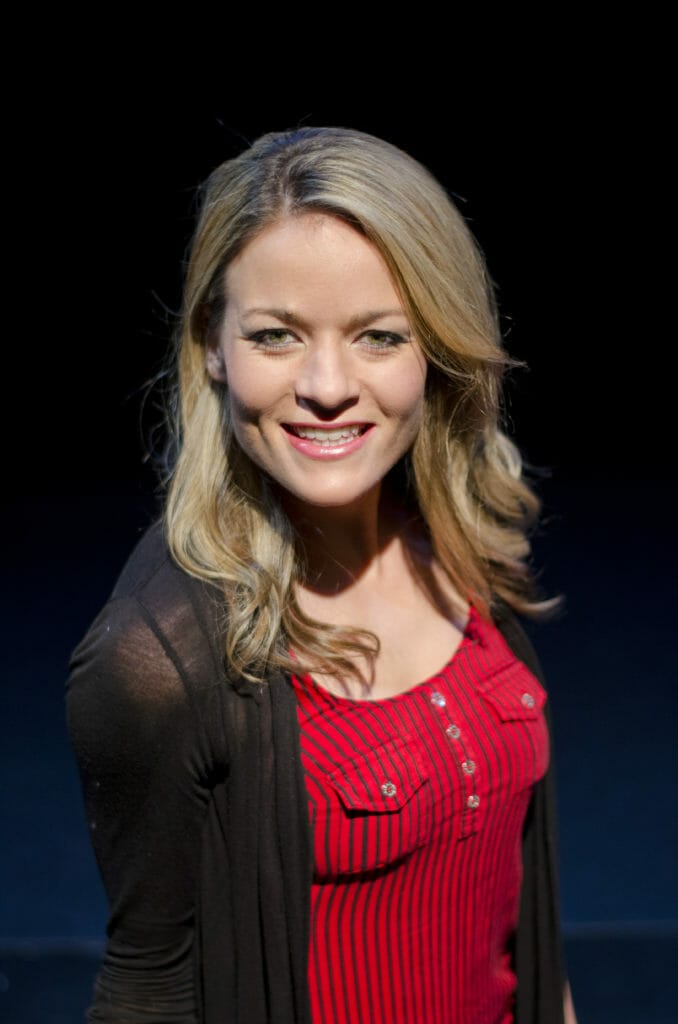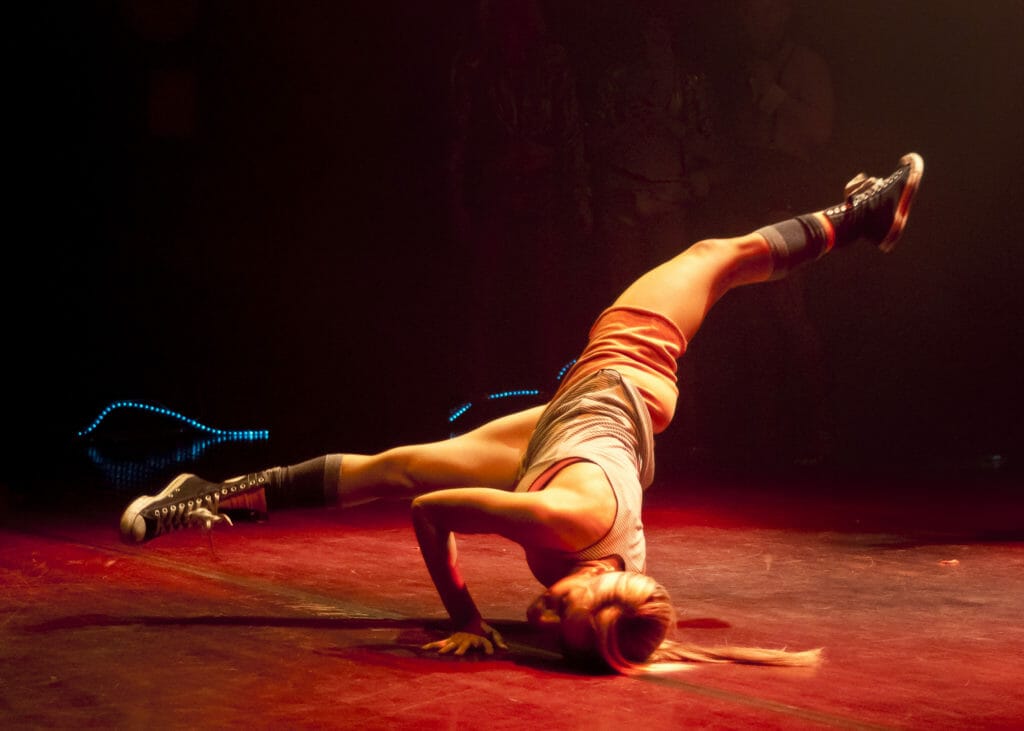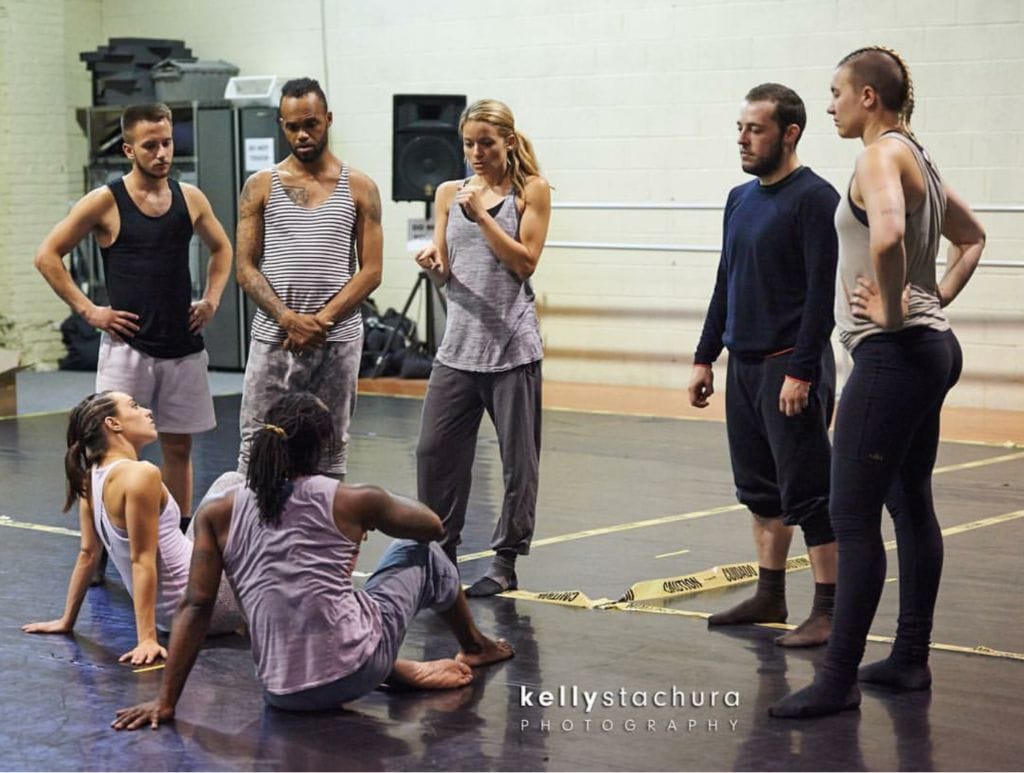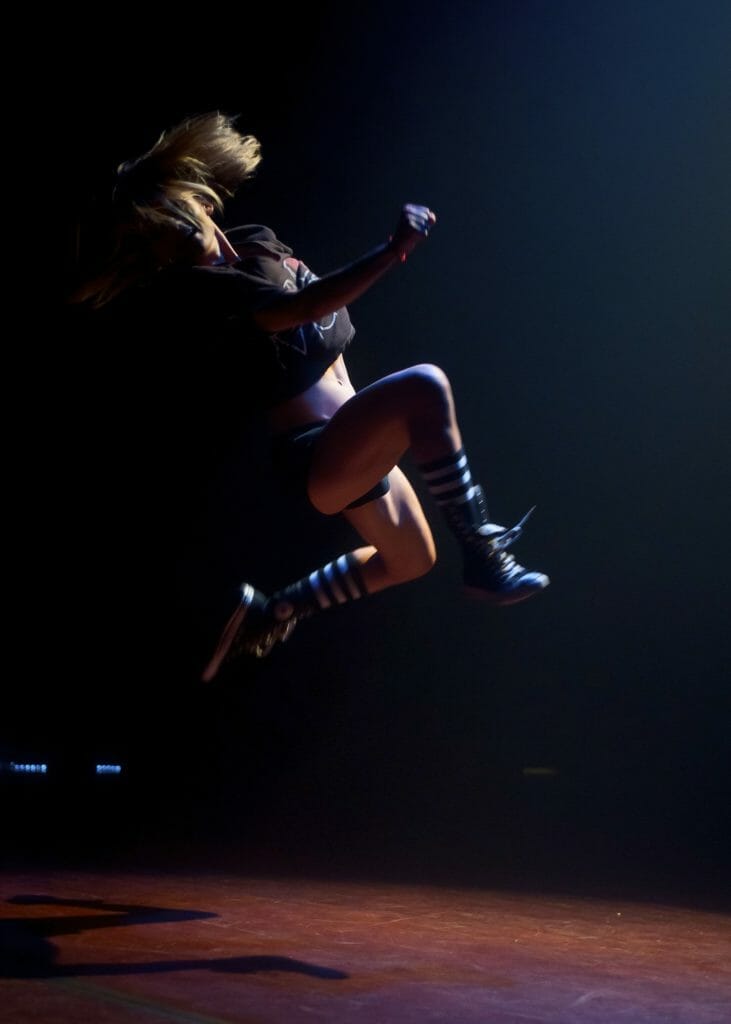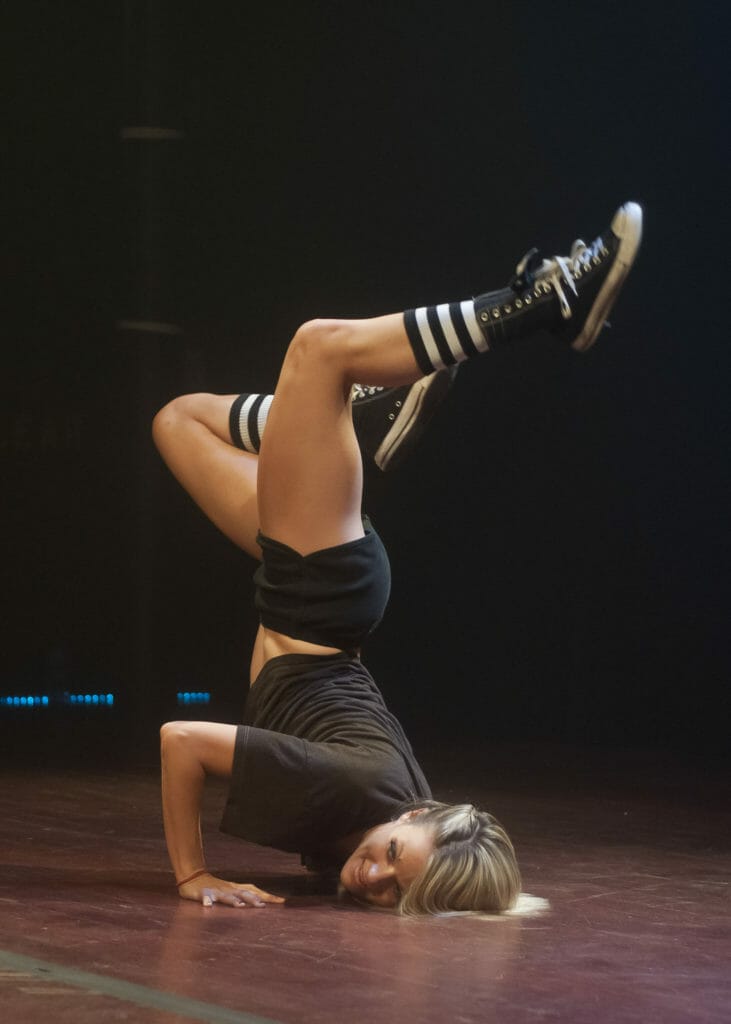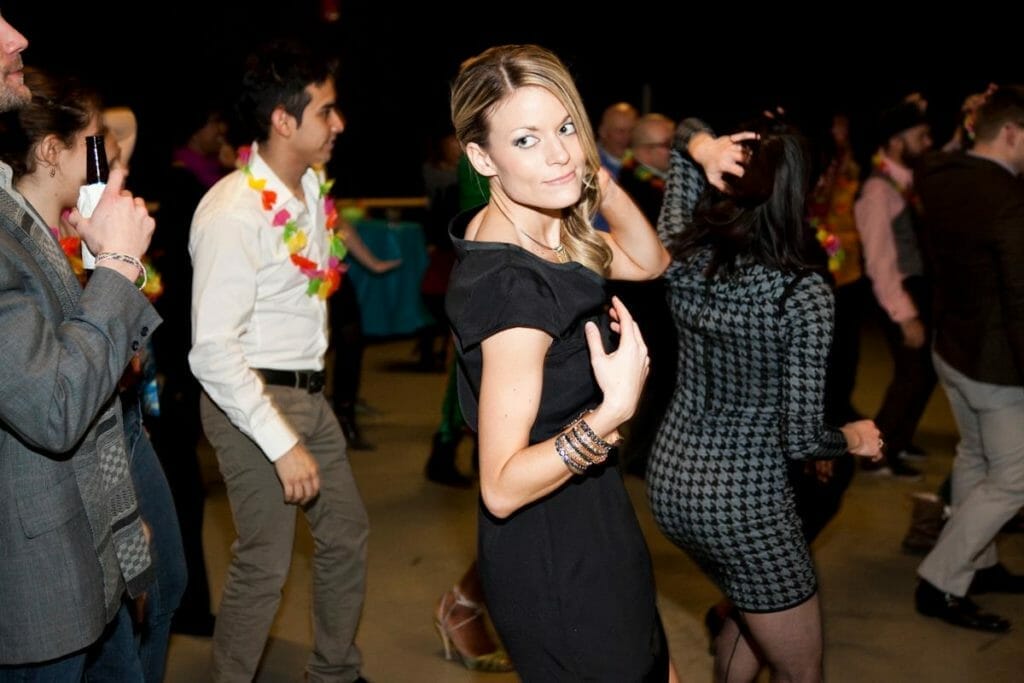Editor's Note - This is part of Picture this Post's series - CHOREOGRAPHERS' EYES - DANCERS EXPLAIN DANCE. Find more here.
Now in her 5th Season as Chicago Dance Crash Artistic Director, Jessica Deahr took a break to take in the MCA Merce exhibit with the Picture this Post Choreographers' tour and then to briefly share her impressions.
Finding this time is not easy for Jessica Deahr. Consider that now, in addition to the various side gigs her troupe does all the time, they have already begun intensive rehearsals for a late summer production of The Bricklayers of Oz - Chicago Dance Crash' imagined prequel to Frank Baum's classic story, The Wizard of Oz, that will also include spoken word from Chicago rapper Al Tamper.
Here, Deahr shares her thoughts with Picture this Post readers on the MCA's Merce exhibit and how it does and doesn't intersect with her dance world...
Deahr's dance world is an especially physically demanding one- which you can get a sense of by watching this video collage of their work.
[embedyt] https://www.youtube.com/watch?v=NWlMh5UXKL8[/embedyt]
PTP: Does the work of Merce Cunningham touch hip hop dance in any way or is it just from another solar system?
" It's from another solar system on the most basic level. Hip hop movement developed directly out of the way people free-styled to funk and eventually hip hop music. The movement and the music go hand in hand. Even as hip hop became more mainstream and codified, the choreography and the movement were still expected to work together in intentional ways. So, on that level alone, the way that Merce often thought of music and dance as two separate entities puts us in almost uncomparable worlds.
"However, that changes a bit when you throw a company like Chicago Dance Crash in the mix. Because we use hip hop movement in a concert dance setting, and often fuse it with elements from other dance styles, the gap is lessened a bit. For instance, I could have the dancers take some krump or locking arm movements but also do those arms as they roll across the ground or triplet across the stage. Maybe we take a phrase of several counts of 8 of vogue movement and then lay it across a violin song with no beat to it for a dream sequence. In examples like that, the way that Merce was groundbreaking for the modern world can still be used in our world today as we attempt to be groundbreaking in the ways we incorporate hip hop into a concert dance setting."
PTP: At any point in your artistic development, did Cunningham's precedent work affect you?
"During my freshman year in high school, I have a really clear memory of one of my dance teachers telling us about Merce. She then choreographed a "Chance" dance where the phrases we did, as well as the order we did them in, were determined by the rolling of dice. For a student still very much in a "studio" period of training, where choreography often consisted of codified competition steps done to the current pop song, this experience was a really clear aha! moment for me that there was a lot more to this art form than I had previously been exposed to."
PTP: Have you been trained in ballet and modern?
"Yes, I have quite a bit of training in both. But at this point in my career and choreography, I certainly pull more from modern. I trained intensely for many years under Paul Sanasardo who was very Graham based. Like Cunningham, he was brought in to work with Martha's company early in his career. So it was really neat to see the similarities there as I walked through the exhibit. Not only in the movement vocabulary from the rep videos on display, but also in some of the photo captions about old studios in New York where rehearsals and showings were happening, and in shared dancers of the scene at that time, that Paul would tell us about in the verbal history parts of his class, and so on. It was a nice reminder of my leotard days! Definitely got me thinking about how the modern training for myself and many of my dancers has influenced our work."
PTP: Much has been made by the other choreographers on the tours about the physical difficulty of performing his works. It seems that your type of dance is physically demanding in a different way. How would you compare and contrast these?
"In my own humble opinion, and with no disrespect intended, the work we do in Crash is much more physically demanding in a basic sense of the word. Just looking at it from a level of athleticism in it's truest definition, the way our movement demands upper body strength, the use of every part of your body on the floor, the control and mechanics needed for things like a windmill, the fast pace of music we tend to gravitate towards and the dense amount of movement we pack into our time on the stage— all are factors in that argument.
"I often have a hard time coming up with an order for our rep shows because I can't name many of our pieces that dancers could do back to back.
"Having said that and because I've been a part of some extremely daunting modern work, I can say there is certainly a very different physical difficulty in the kind of work Merce did. The level of technical precision needed is more concentrated and makes you so much more vulnerable on stage. For instance, landing in a technically correct fifth position 7 minutes into the piece when you have jumped to that position dozens of times already is a very real and different type of physical difficulty and control. Standing on one turned out leg in releve and holding the other leg in a 90 degree shape while your arms hold a very specific but perhaps unnatural shape takes a just as intense but incredibly different form of strength...
"His movement is so clear, precise, and naked to me, in a good way... So in that sense, I definitely agree that a Cunningham work is not a calm walk in the park! It certainly takes just as many years of technical training to pull off that movement effortlessly. I'd love to be a fly on the wall (or a dancer on the floor!) for their pre-show warm ups."
Stay tuned to these pages for updates and a preview of Chicago Dance Crash' story work- The Bricklayers of Oz- which will have its world premiere on July 28, 2017.
Editor's Note - This is part of Picture this Post's series - CHOREOGRAPHERS' EYES - DANCERS EXPLAIN DANCE. Find more here.
Learn more about dance by seeing dance through dancers eyes in the Picture This Post series, “Choreographers’ Eyes - Dancers Explain Dance”. Watch this video preview of the story here—

